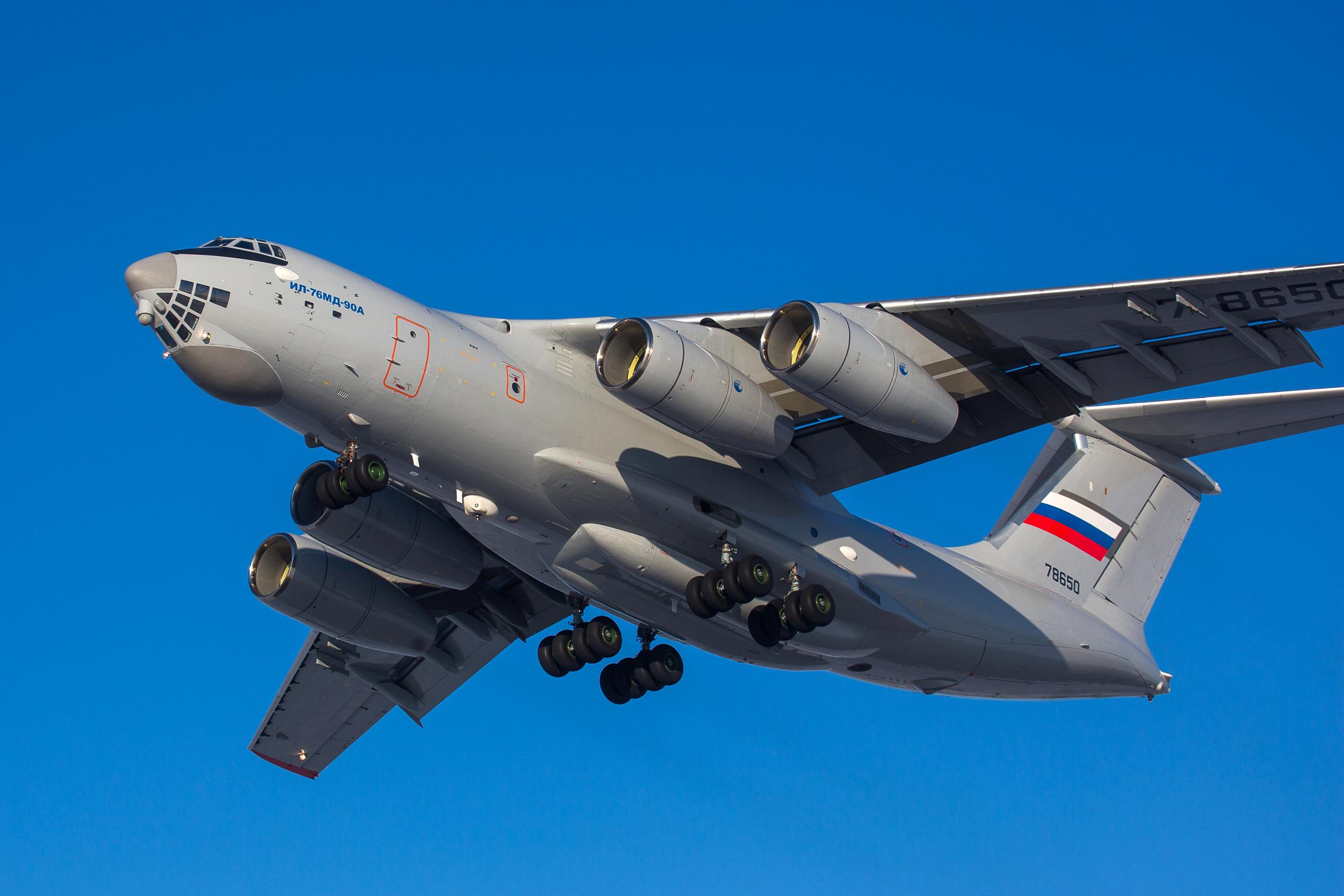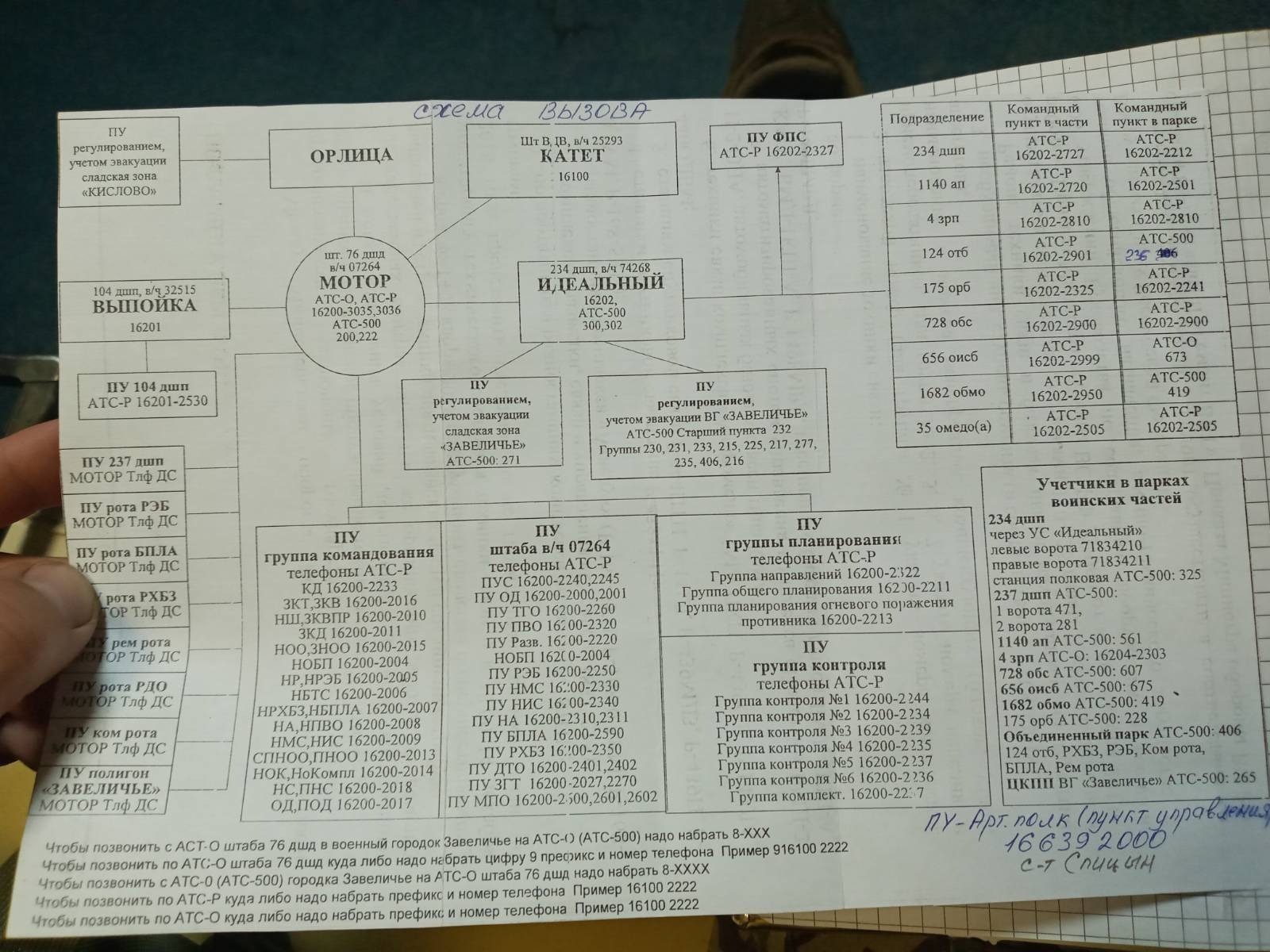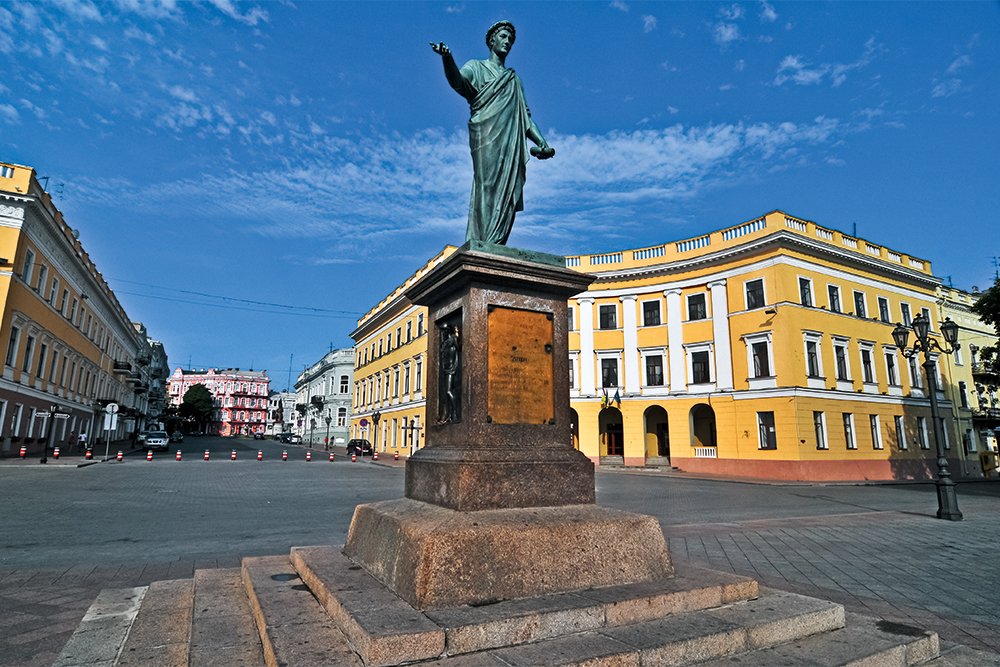The European Union is trying to obtain billions of euros more from blocked Russian assets by transferring them to riskier projects—a strategy that would raise funding for Ukraine while avoiding allegations of stealing Moscow’s money.
Plan to increase revenues from frozen Russian assets and help keep Ukraine
The idea is to increase revenues to help keep Ukraine’s war-torn economy viable in the face of threats from US President Donald Trump to withdraw financing. The assets were blocked in 2022 as a result of Russia’s full-scale invasion of Ukraine.
However, the action would stop short of taking all Russian assets, which is opposed by several EU member states, particularly Germany and Italy, due to financial and legal issues.
The EU seeks to escape allegations of violating international law by simply spending the interest and not the underlying capital.
Members of the G7 industrialized countries agreed last year to grant Ukraine €45 billion from investments in frozen sovereign assets.
The EU’s €18 billion part of the G7 loan will be fully paid by the end of the year, posing doubts about Ukraine’s budgetary needs in 2026.
Finance ministers from the EU’s 27 countries will kick off these conversations on Thursday with an informal dinner in Luxembourg.
“It is important that we hear from the Commission on the available options, especially regarding the potential use of frozen Russian assets and further steps regarding the sanctions regime,” the rotating Polish Council presidency, which organized the dinner, wrote in the invitation letter to ministers, POLITICO reported.
EU to keep Russia’s assets in the EU until the end of 2025
Meanwhile, the European Union has decided to keep Russia’s assets in the EU, amounting to €210 billion, frozen so that the extraordinary profits from them can be used to benefit Ukraine until at least the end of 2025. This decision was announced to journalists on June 19 in Brussels by European Commission spokesman Markus Lammert.
The European Commission spokesman stressed that €210 billion of Russian assets in the EU will remain frozen until at least the end of 2025, and extraordinary profits from them will be transferred to support Ukraine.
“We have frozen €210 billion of Russian assets in the EU, and we are using the proceeds from these assets to support Ukraine with €45 billion in G7 loans. This money goes, for example, to the Ukrainian defense industry and energy recovery,” Lammert said.
He recalled that “these loans will then be repaid from future extraordinary revenues from frozen Russian assets.
“The first payment of €3 billion was sent to Ukraine in January (2025 – Ed.), €1 billion in March, another €1 billion in April, €1 billion in May, and €1 billion last Friday. Payments will continue throughout this year,” the European Commission spokesman said.
“The EU has always made it clear that Russia must pay for the damage caused by this war. Legally sound and financially viable options for compensating Ukraine for the damage caused by Russia must remain on the negotiating table, and we must continue to discuss them,” Marcus Lammert emphasized.
The EU has been discussing the confiscation of frozen Russian assets and their transfer to Ukraine for a long time.
However, large countries such as France, Germany, Italy, and Spain are opposed to this, as they fear that by confiscating the funds, the EU will scare off international investors and lose its greatest advantage in peace negotiations.








